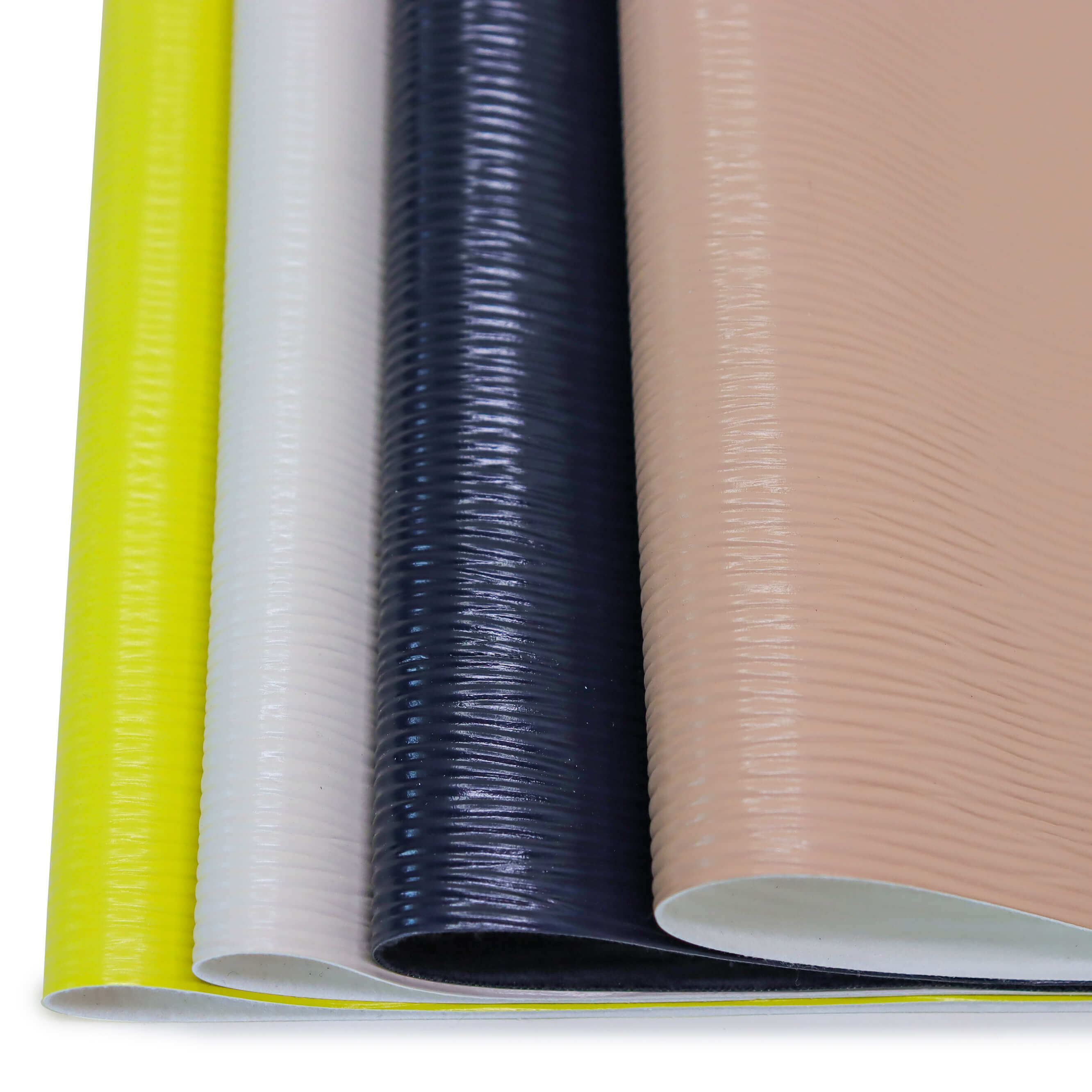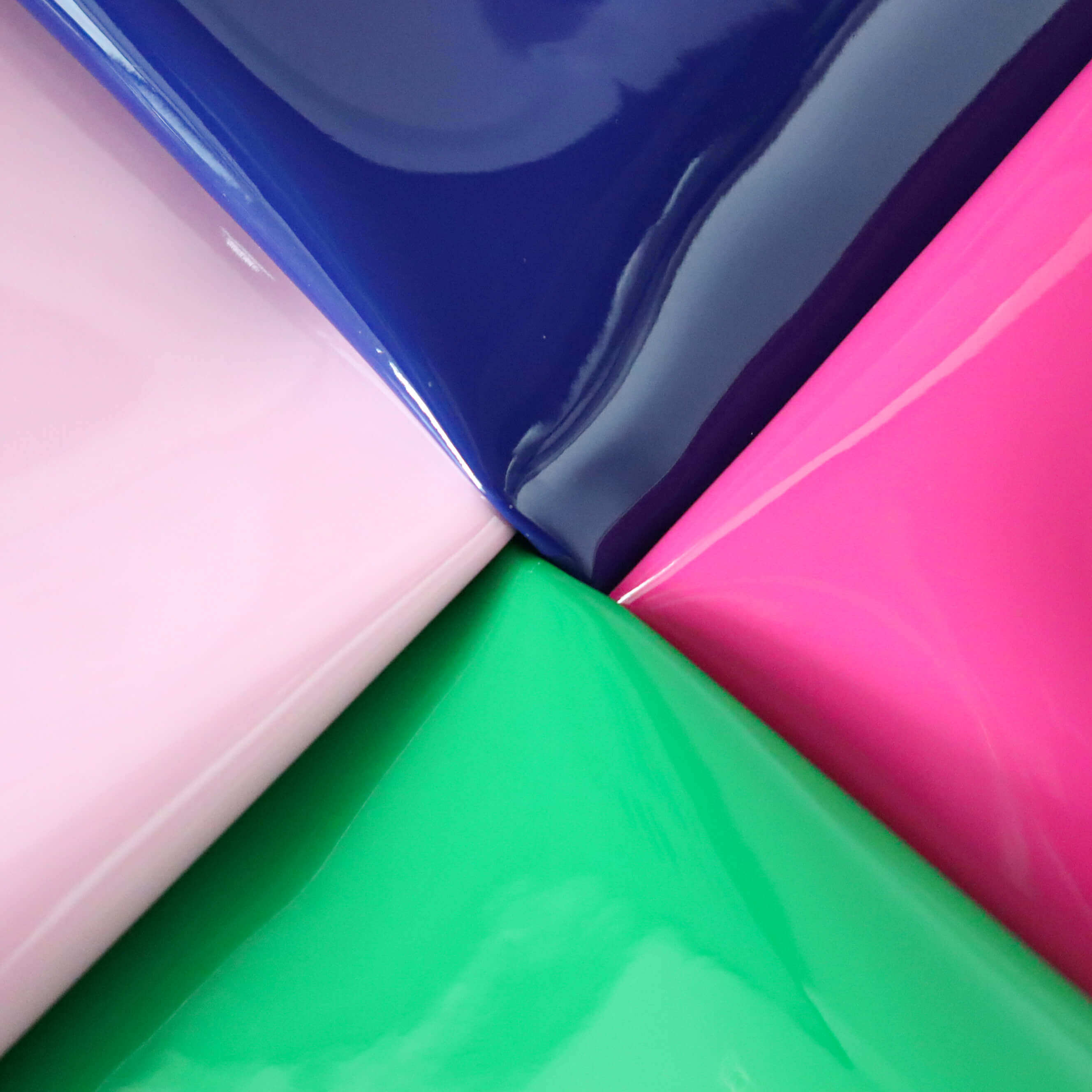Email format error
Email cannot be empty
Email already exists
6-20 characters(letters plus numbers only)
The password is inconsistent
Email format error
Email cannot be empty
Email does not exist
6-20 characters(letters plus numbers only)
The password is inconsistent

News

Understanding the Difference Between PU Leather and Bonded Leather
In the realm of leather alternatives, consumers are often presented with a choice between PU leather and bonded leather. Both materials offer a leather-like experience without the use of animal hides, but they differ significantly in composition, durability, and maintenance. PU leather, made with a polyurethane coating on a fabric base, is known for its uniform appearance and flexibility. Bonded leather, on the other hand, is created from the remnants of leather scraps bonded together with polyurethane or latex on top of a fiber sheet. The nuances between these two materials are not just in their physical attributes but also in their production processes, environmental impact, and applications. This post aims to demystify the difference between PU leather and bonded leather, as well as provide insight into the burgeoning industry of synthetic leathers, particularly highlighting the influence of China’s PU leather fabric market and the expertise of PU leather fabric manufacturers in China.
The Basics of Synthetic Leather
What is PU Leather?
PU leather, or polyurethane leather, is a synthetic material designed to mimic the look and feel of genuine leather without using animal products. It is constructed by applying a layer of polyurethane to a base material such as polyester, cotton, or shredded leather fibers. This gives PU leather a range of textures and colors, making it a versatile material for various applications.
What is Bonded Leather?
Bonded leather is often confused with PU leather but is quite different in its make-up. It consists of a backing material, typically a fiber or paper backing, onto which leather scraps and fibers are bonded using adhesives. A polyurethane coating is then applied to the surface to give it a leather-like finish. Bonded leather contains a small percentage of actual leather, which can vary from product to product.
The Manufacturing Process
The manufacturing process for both PU and bonded leather is complex and involves several steps. For PU leather, the base material is treated with a polyurethane coating which is then textured to resemble leather. Bonded leather requires the collection of leather scraps that are ground and bonded together before being coated with a polyurethane layer. Both processes have evolved with technological advancements, with manufacturers constantly seeking ways to improve the durability and appearance of the final product.
PU Leather: Pros and Cons
Advantages of PU Leather
PU leather is celebrated for its uniformity, which allows for a consistent quality that is not always possible with natural leather. It is also easier to care for, resisting stains and spills that can mar genuine leather. Additionally, PU leather is a more ethical choice for those looking to avoid animal products, and it often comes at a lower cost than genuine leather.
Disadvantages of PU Leather
Despite its benefits, PU leather does have some drawbacks. It is not as breathable as genuine leather, which can make it less comfortable for clothing or seating surfaces. Over time, PU leather may also crack or peel, particularly if exposed to sunlight or extreme temperatures, and it does not develop the same patina or character that genuine leather does with age.
Bonded Leather: Pros and Cons
Advantages of Bonded Leather
Bonded leather offers a use for leather scraps that would otherwise be waste, making it a more sustainable option than discarding these materials. It can also be more affordable than both PU leather and genuine leather, making it an attractive option for budget-conscious consumers. Bonded leather can still provide some of the textures and aesthetics associated with genuine leather due to its leather content.
Disadvantages of Bonded Leather
The primary disadvantage of bonded leather is its durability. Because it is made from a mix of materials and adhesives, it can be prone to peeling and flaking, and it does not wear as well as genuine leather. The actual leather content can also vary widely, which can affect the quality and appearance of the bonded leather product.
A Comparative Analysis - Difference between PU Leather and Bonded Leather
Durability and Longevity
When comparing PU leather to bonded leather, durability and longevity are among the most significant factors to consider. PU leather is generally known for its ability to withstand daily wear and tear without peeling or cracking as quickly as bonded leather. This is due to its single, uniform layer of polyurethane which does not separate over time. Bonded leather, containing actual leather scraps, can deteriorate faster, especially in high-use areas where the layers may begin to peel apart.
Aesthetic and Texture
Aesthetically, both PU and bonded leather can be manufactured to resemble genuine leather, but the texture and feel can vary. PU leather offers a wide range of finishes and can be made to feel almost indistinguishable from real leather. Bonded leather, with its real leather content, has a more authentic leather feel but may lack the uniformity in texture that PU leather provides.
Environmental Impact
The environmental impact of both materials is a hot topic. PU leather is often criticized for its use of plastics and potential release of toxins during production. However, it does not use animal hides, which is a plus for animal welfare and reduces the environmental footprint associated with livestock farming. Bonded leather makes use of leather offcuts, reducing waste, but the adhesives used can also be harmful to the environment.
Cost Considerations
Cost is a crucial factor for many consumers. Generally, PU leather is more expensive than bonded leather due to its higher quality and longevity. Bonded leather, while more affordable, may not last as long, potentially leading to higher costs over time due to the need for replacement.
The Role of China in the Synthetic Leather Market
China PU Leather Fabric: An Overview
China has become a global hub for the production of PU leather fabric, offering a vast array of options in terms of quality, texture, and price. The country’s manufacturers have invested heavily in research and development, making China PU leather fabric competitive on the international stage.
The Growth of PU Leather Fabric Manufacturer in China
The growth of PU leather fabric manufacturers in China is a testament to the country’s ability to innovate and scale production. These manufacturers have become adept at meeting global demand, ensuring a steady supply of PU leather to various industries, from fashion to automotive.
Choosing the Right Synthetic Leather
Identifying Quality Synthetic Leather
To identify high-quality synthetic leather, one should examine the uniformity of the texture, the flexibility of the material, and the overall finish. High-quality PU leather should not peel or crack easily and should have a consistent color and pattern.
Applications for PU Leather and Bonded Leather
PU leather is widely used in fashion, upholstery, and accessories due to its durability and quality finish. Bonded leather is often found in bookbinding, budget furniture, and accessories where the cost is a significant factor.
Maintenance and Care Tips
Maintaining synthetic leather involves regular cleaning with a damp cloth and avoiding harsh chemicals. PU leather may also benefit from specific conditioners designed for synthetic materials to maintain its suppleness.
Ethical and Environmental Considerations
The Vegan Leather Debate
The debate around vegan leather centers on its animal-friendly credentials versus the environmental impact of plastic-based materials. While vegan leather avoids animal products, the production process and materials used still raise environmental concerns.
Recycling and Sustainability Efforts
Recycling and sustainability efforts in the synthetic leather industry are growing, with manufacturers exploring bio-based polyurethanes and recycling programs to reduce the environmental footprint of synthetic leathers.
The Future of Synthetic Leather
Technological Advancements
Technological advancements in synthetic leather aim to improve the material’s durability, feel, and environmental impact. Innovations include the development of bio-based polymers and more efficient production processes.
Market Trends and Consumer Preferences
Market trends show a growing preference for high-quality, eco-friendly synthetic leathers. Consumers are increasingly aware of the ethical and environmental implications of their choices and are demanding better products.
Conclusion
In conclusion, the difference between PU leather and bonded leather lies in their durability, aesthetic, environmental impact, and cost. As the industry evolves, so does the role of major players like China in shaping the future of synthetic leather. Consumers and manufacturers alike must consider the ethical and environmental implications of synthetic leather to make informed decisions. The future of synthetic leather looks promising, with advancements paving the way for more sustainable and high-quality alternatives to traditional leather.

